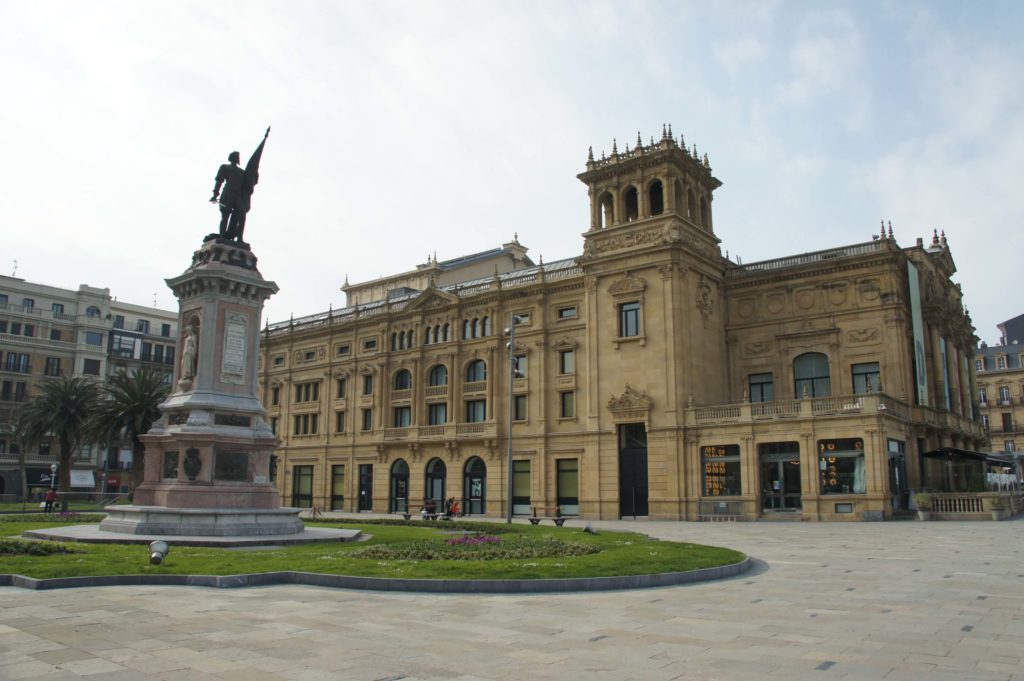San Sebastian – Spain
Motto: Earnt by fidelity, nobility and loyalty
While travelling to Bilbao this weekend was not only for revisiting the city itself, the main reason was to come to San Sebastian, 100 kilometres east of Bilbao right by the coast. Considered as the most beautiful and elegant city in Spain, it is indeed hard to argue that fact. From the very far away memories I have of the only time I’ve come here many many years ago, I always kept in my mind the grand buildings and fine architectural taste and perfect urbanism. Back then I was not even so much into architecture as I am now, nor I did ever think I would ended up studying architecture in the university; but after this weekend’s visit I can finally say I’ve really explored this jewel of Spain in full.
If if almost any city in Spain you can find ancient constructions, churches and cathedrals over 1000 years old, medieval old towns and 15th century palaces to give some examples, here in San Sebastian it is the opposite. For many centuries it survived in one or other form until 1813 when British and Portuguese troops besieged San Sebastian assaulting the town and burning it completely down. That event opened the view to rebuilding from the ashes, this time following a proper urban plan. From this era comes the current “old town”, with the Constitution Square built in 1817 and neoclassical austere buildings. Later one, with the selection of this city as the summer residence of the Royal Family of Spain, it quickly gained fame among the bourgeoisie and rich who built their mansions and palaces, most of which which you can still admire today.
It was, however, almost 100 years later until the masterpiece extension urban plan took over. With the rapidly growing population, it was needed to torn down the old city walls and build farther away from the river. This plan followed greatly the orthogonal Parisian Haussmannian style, where not only the avenues and tree-lined streets were copied, but also in the architectural style of the buildings, very Parisian influenced with a blend of traditional Spanish elements. (more…)
